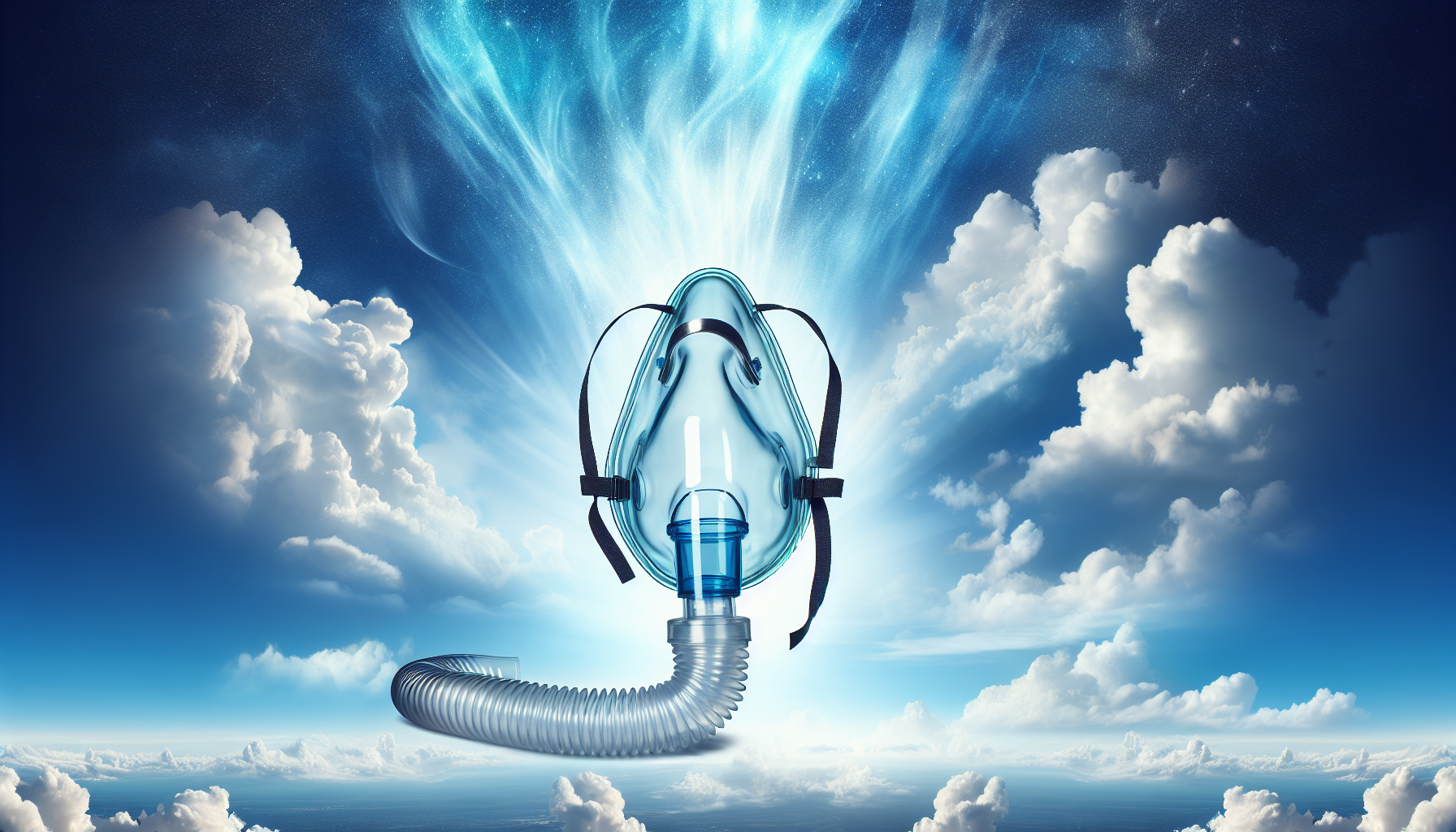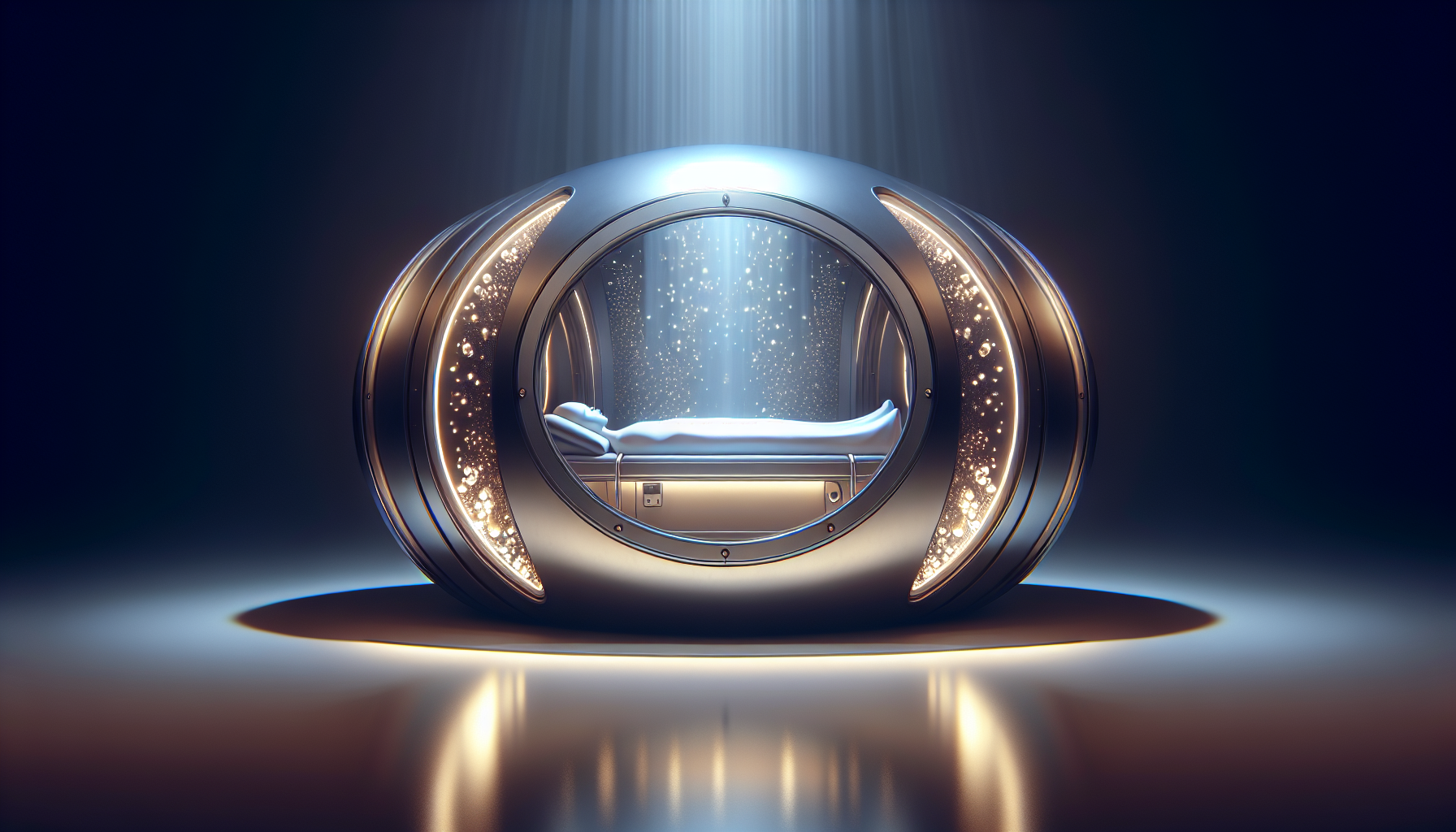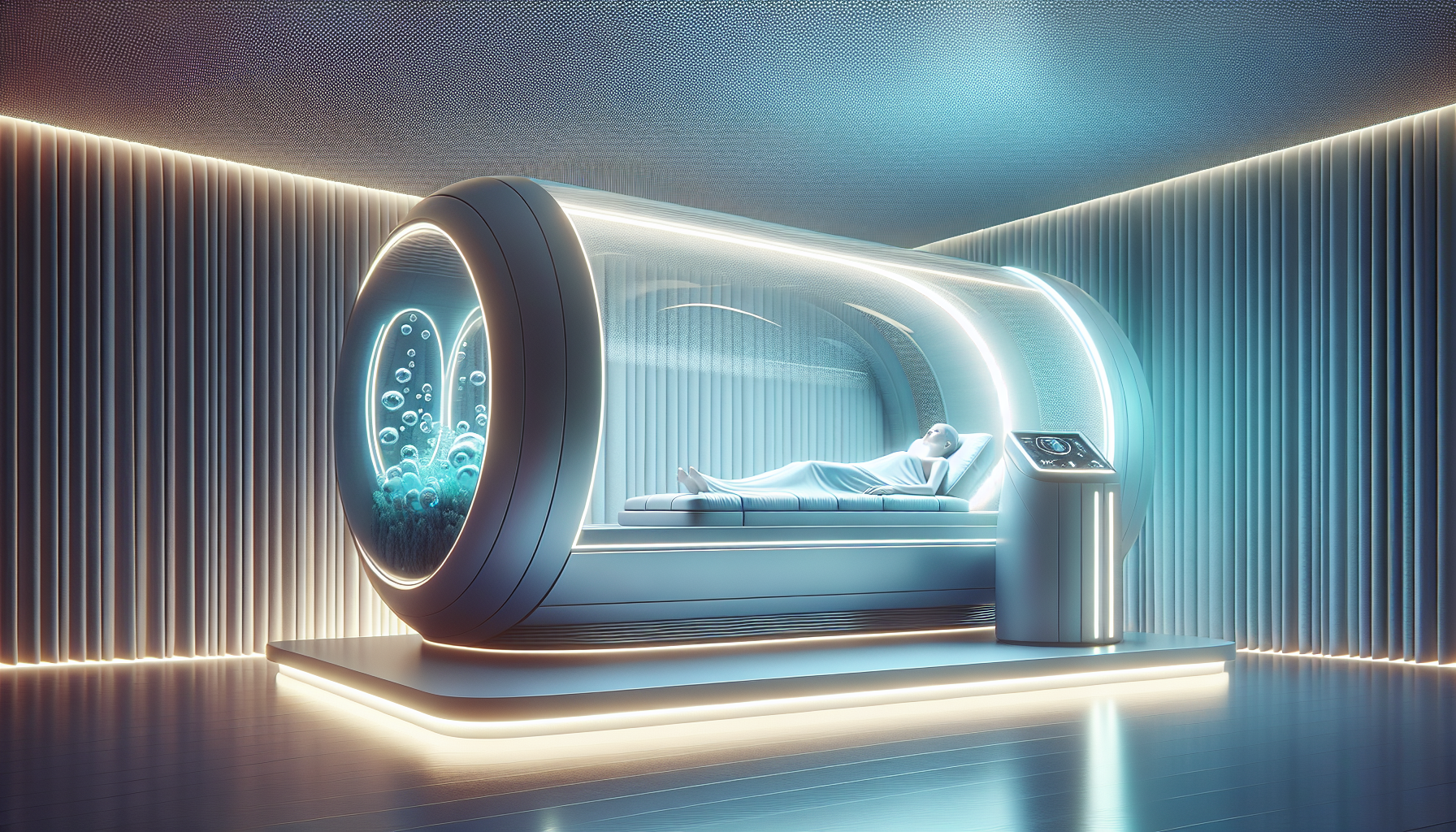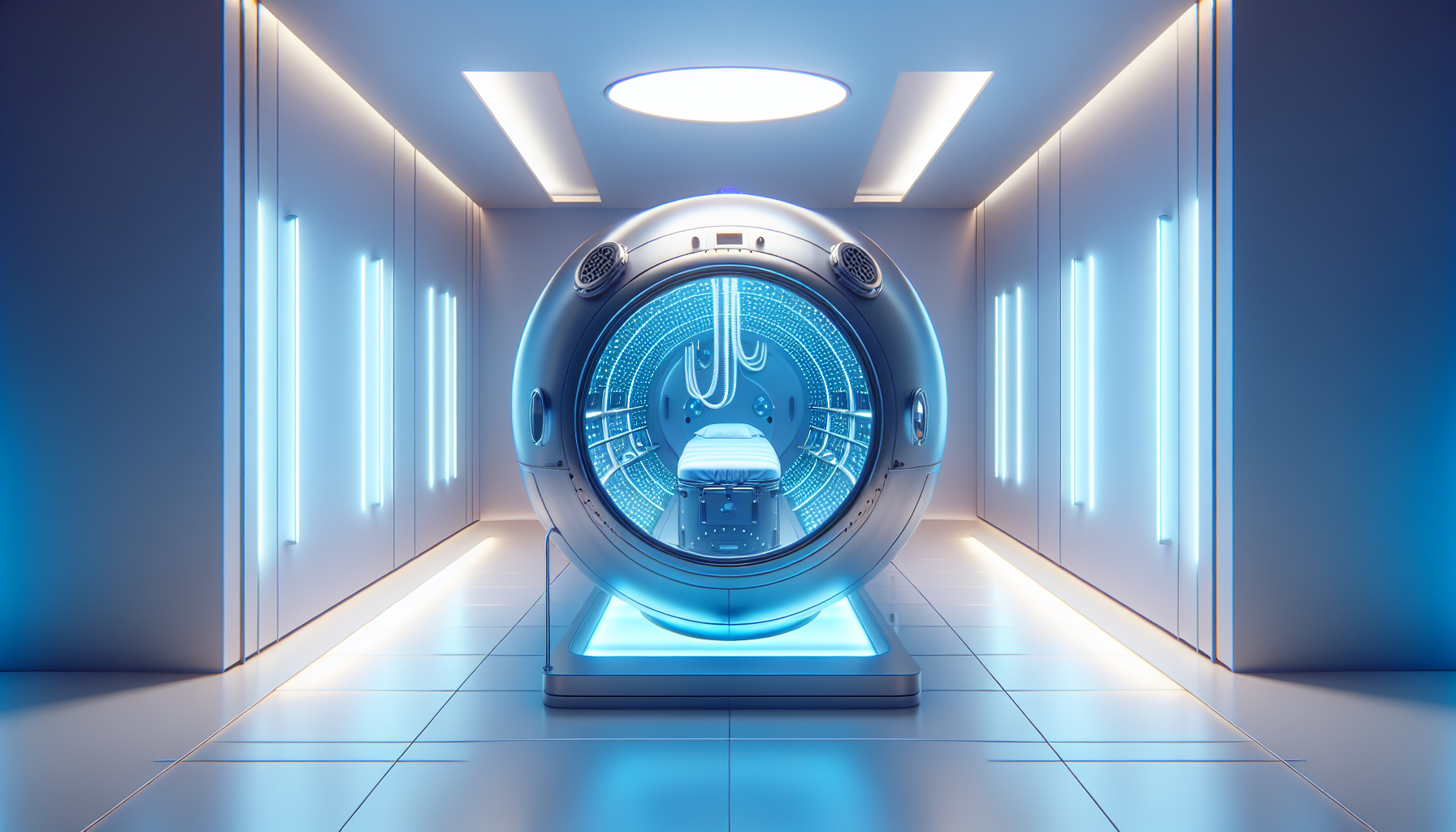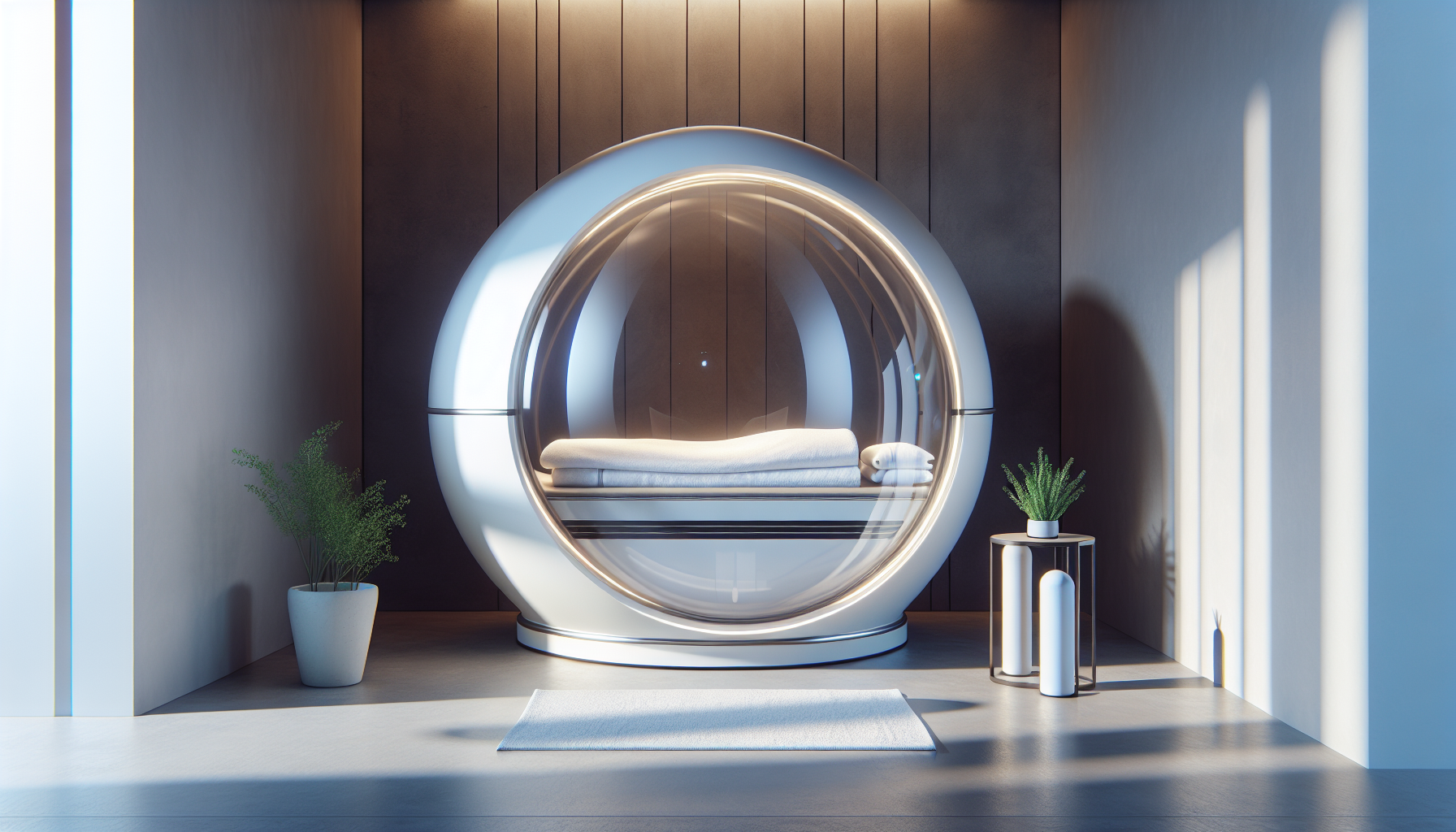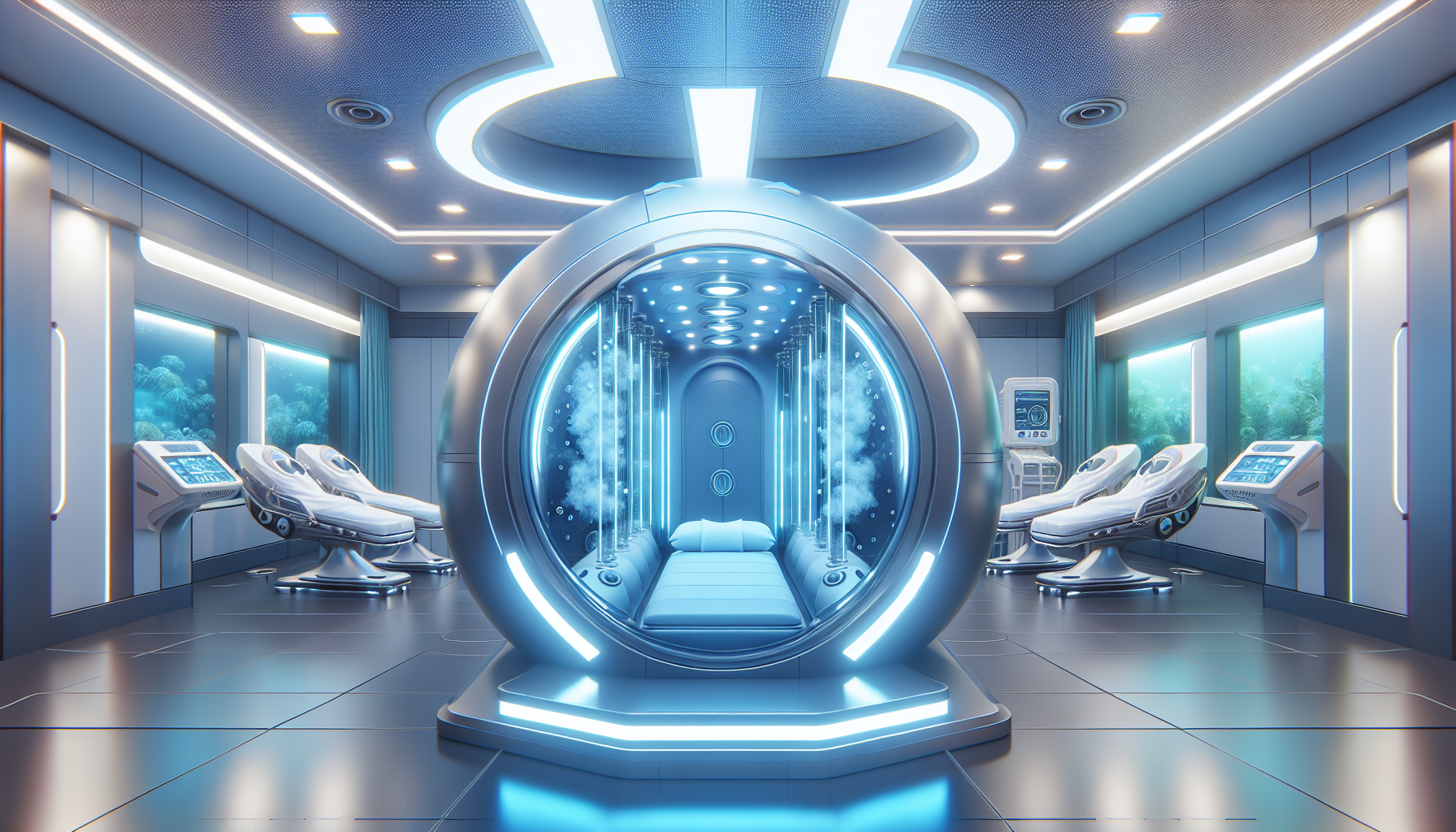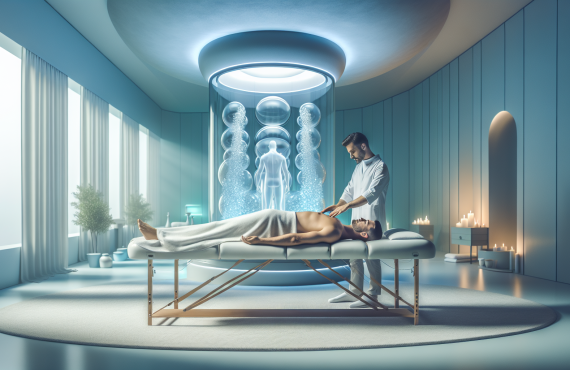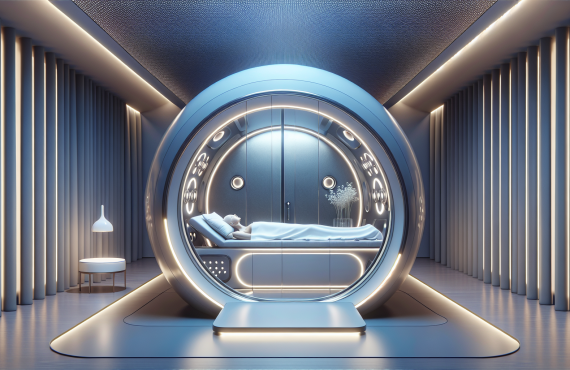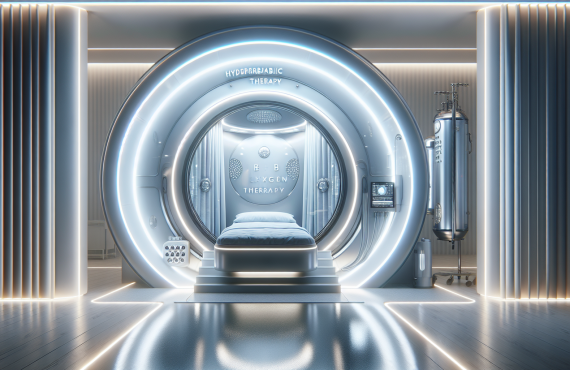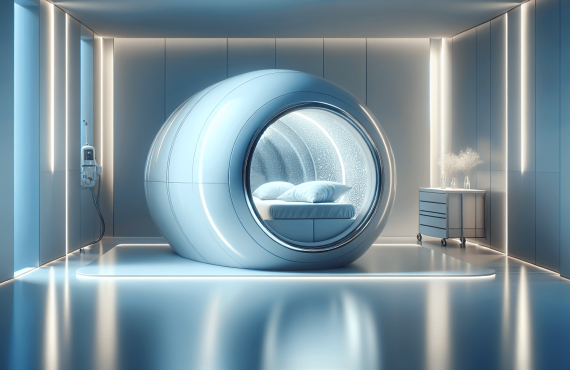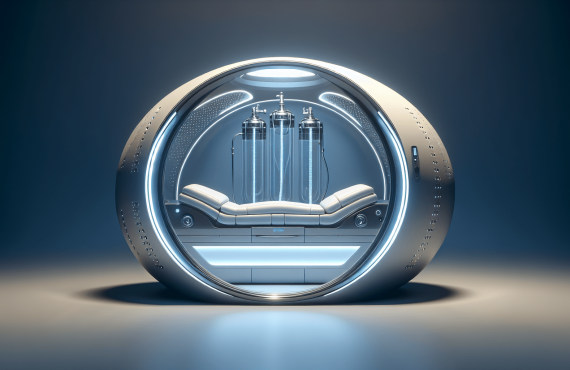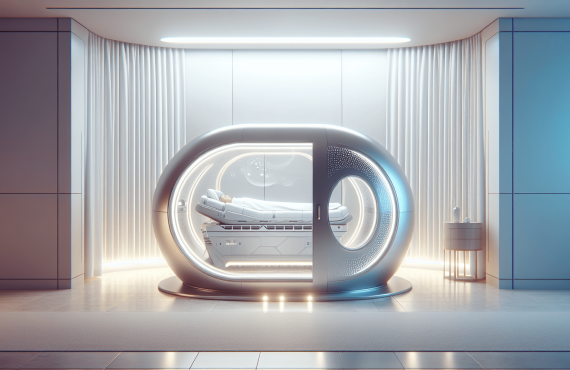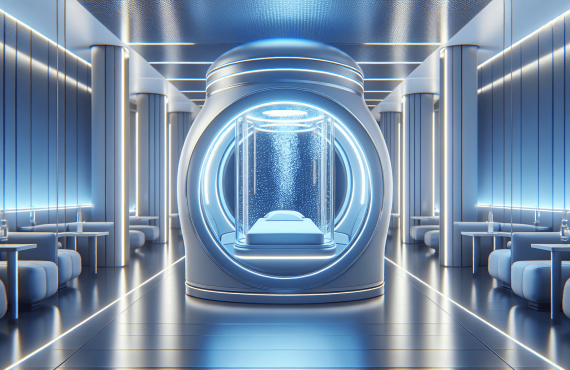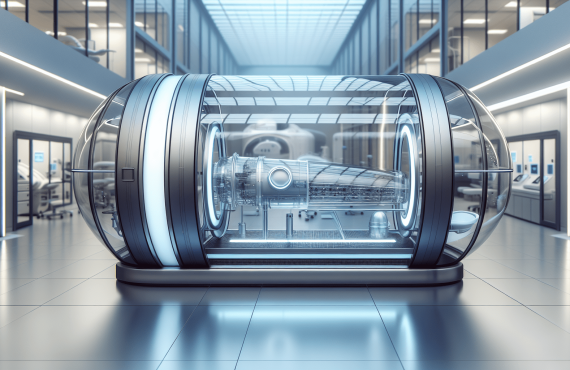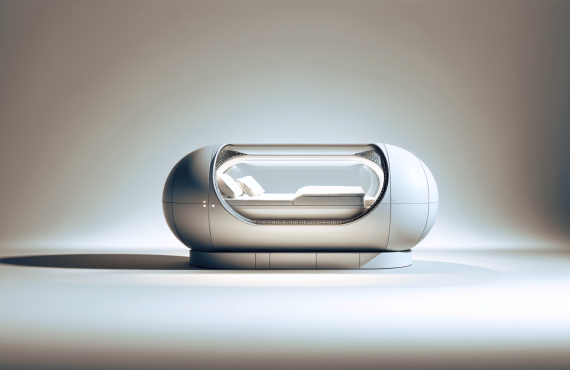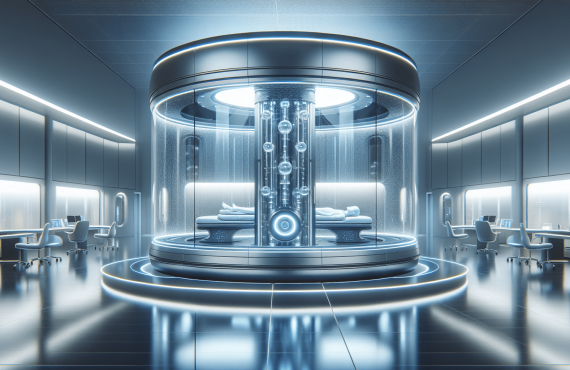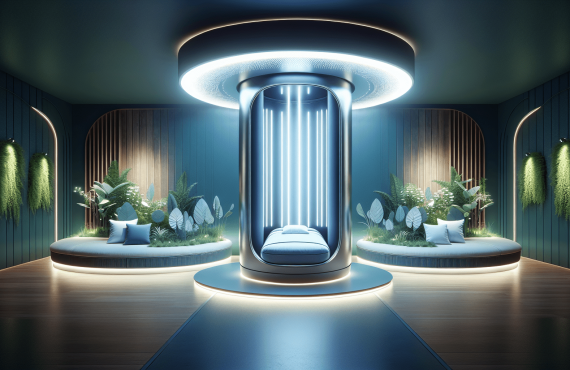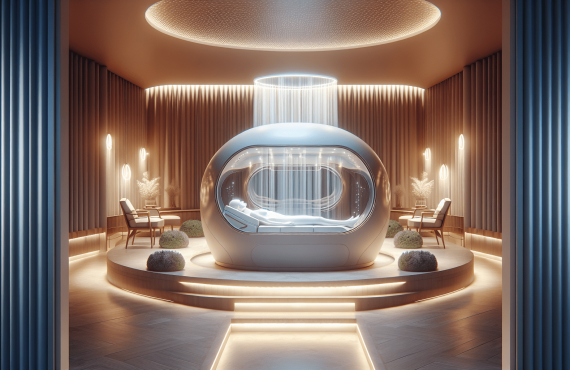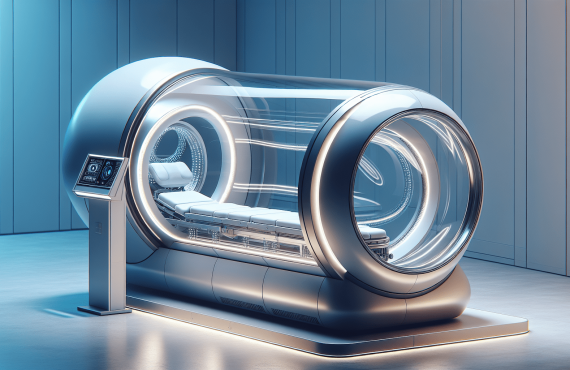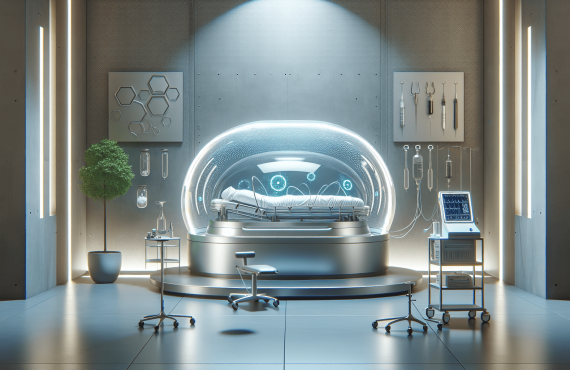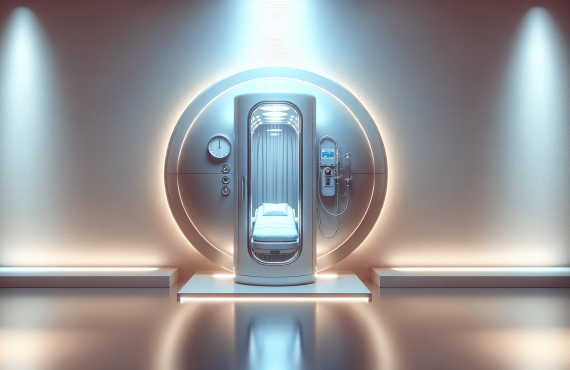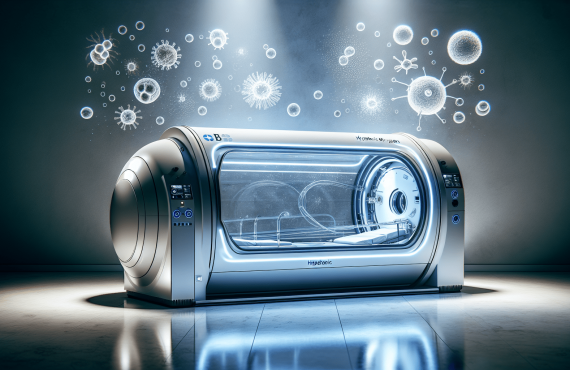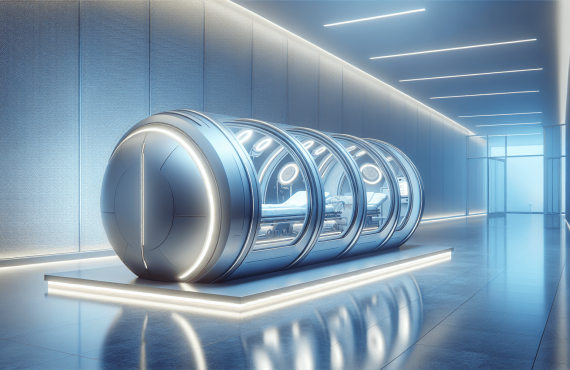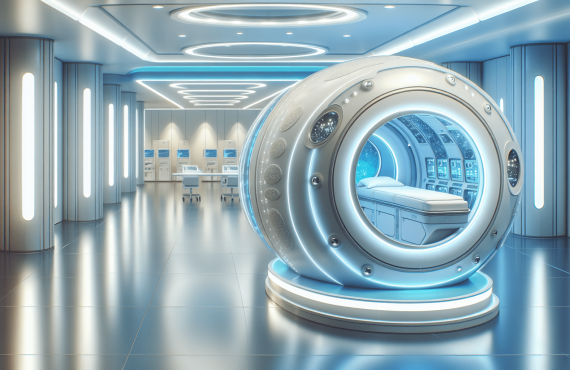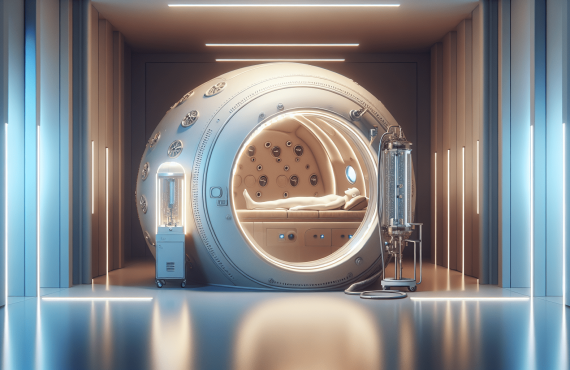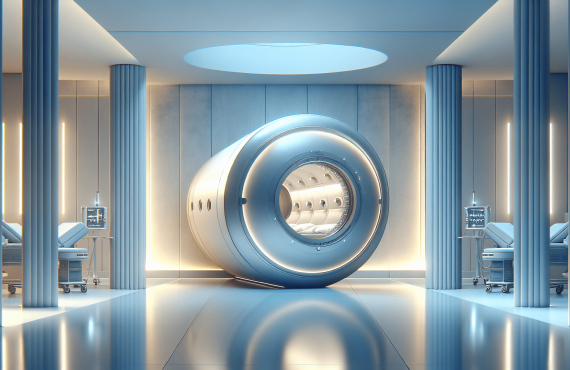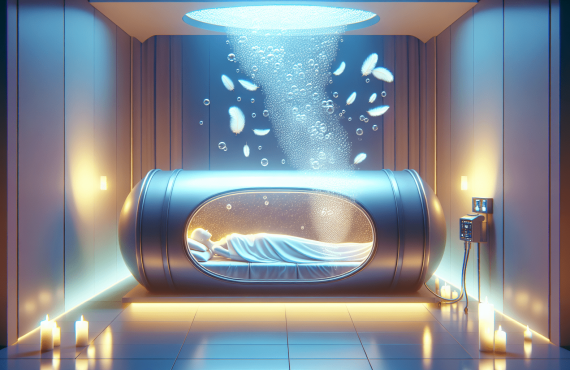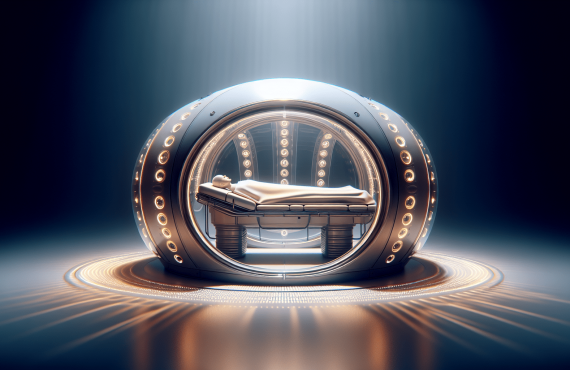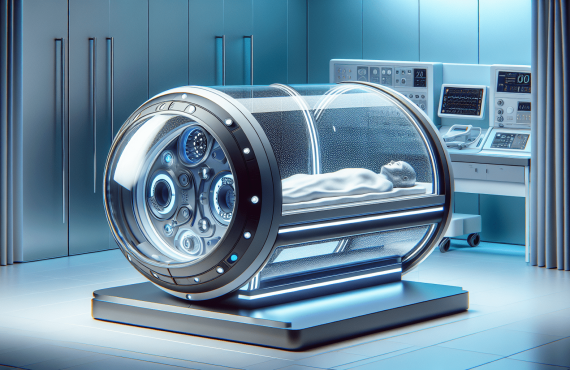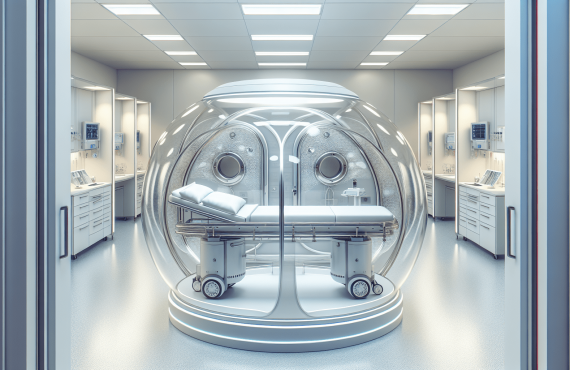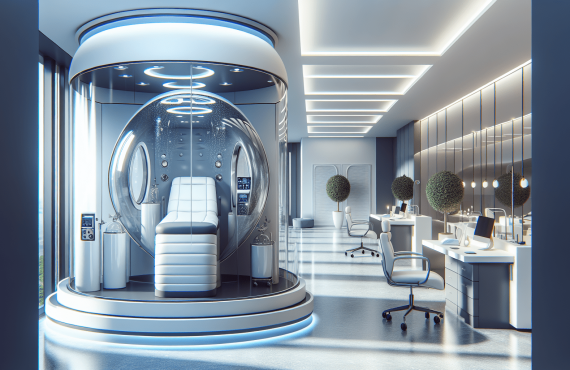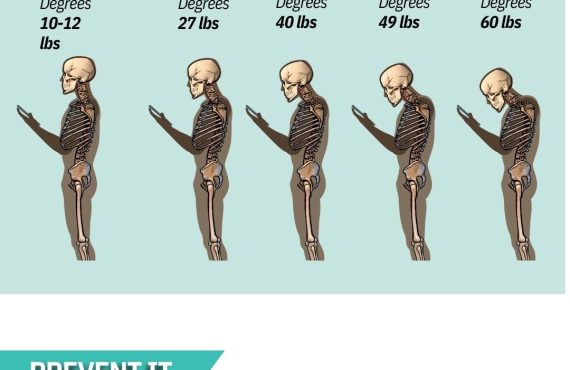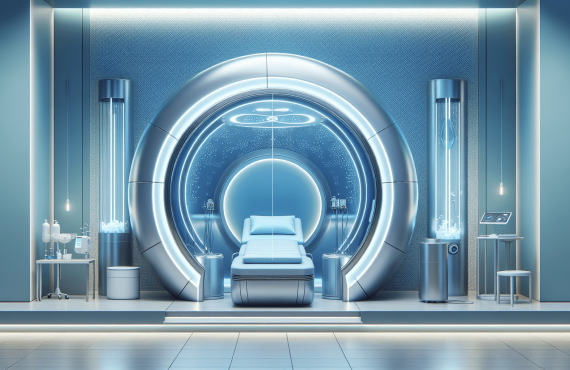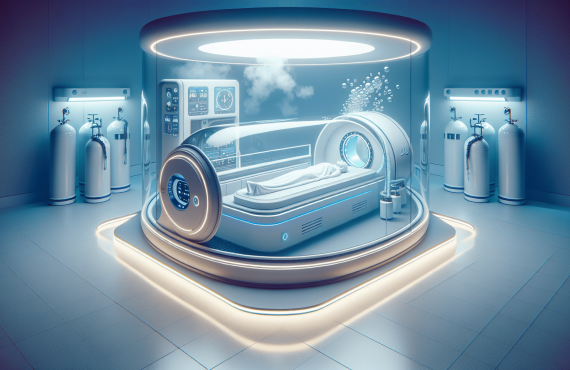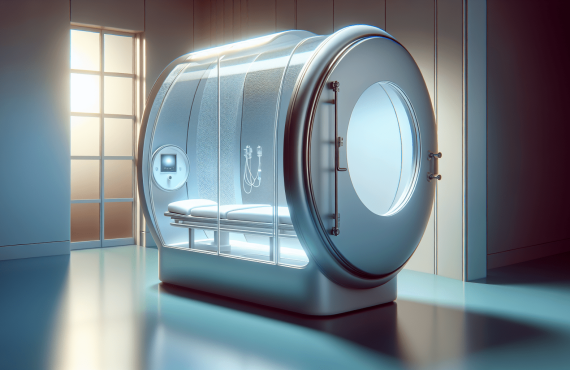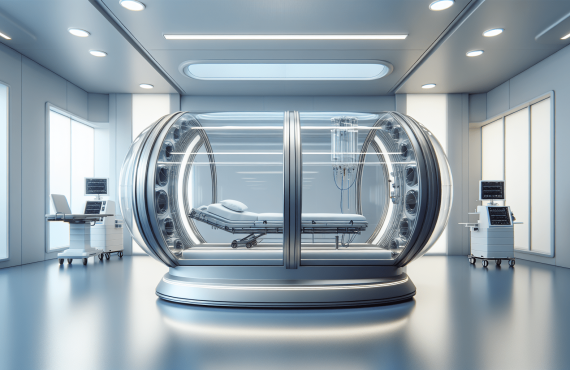Have you ever wondered what hyperbaric oxygen therapy (HBOT) is all about? Picture this: a cozy chamber that looks like a futuristic daybed, where you breathe in pure oxygen at higher-than-usual atmospheric pressure. Sounds a bit like stepping into a sci-fi novel, doesn’t it? Let’s unravel the fascinating science behind HBOT and explore how it works to promote health and healing.

Table of Contents
What Is Hyperbaric Therapy?
Hyperbaric Therapy, or hyperbaric oxygen therapy (HBOT), might seem like a modern marvel, but it’s actually rooted in basic principles of physics and medicine. This medical treatment involves breathing 100% oxygen in a specially designed chamber where the air pressure is increased, enabling a myriad of health benefits.
Definition and Purpose
At its core, HBOT is about harnessing the power of oxygen to help the body heal itself. Breathing pure oxygen at increased pressures allows for greater oxygen saturation in the blood and tissues, enhancing the body’s natural ability to repair and regenerate. This method can stimulate various beneficial processes, from reducing inflammation to boosting immune responses.
How Does It Work?
Normally, our lungs pull oxygen from the air and deliver it through the bloodstream to nourish our tissues. During hyperbaric therapy, the elevated pressure in the chamber significantly increases the oxygen concentration in the bloodstream. This surplus oxygen, dissolved in the plasma, reaches parts of the body where oxygen might be scarce under regular conditions.
When oxygen-rich blood circulates to these less accessible areas, it sparks the body’s healing processes, promoting tissue restoration, minimizing inflammation, and bolstering immune function against infections. Another fascinating outcome is angiogenesis—the creation of new blood vessels—which is vital in wound healing and encouraging tissue rejuvenation.
The Science Behind HBOT Benefits
Hyperbaric oxygen therapy is more than just breathing in oxygen; it’s a careful synergy of pressure and purity that turbocharges healing. Let’s explore how this works.
Enhanced Healing and Tissue Repair
Oxygen is essential for cellular respiration, the process that sustains life by generating energy in our body’s cells. By increasing oxygen levels in the blood, HBOT provides tissues with more oxygen, empowering them to repair more swiftly and effectively. This process is particularly beneficial for injuries or conditions where blood supply is limited or compromised.
Consider wounds that are slow to heal or stubborn ulcers that don’t respond to traditional treatments. HBOT can often tip the scale towards recovery by invigorating the body’s natural repair mechanisms, thus minimizing the need for drastic interventions.
Reduction of Inflammation
Inflammation is the body’s response to injury, but chronic inflammation can hinder recovery. The surplus of oxygen supplied during therapy helps alleviate inflammation by neutralizing harmful free radicals and supporting antioxidant defenses. This shift can bring relief to conditions marked by persistent inflammation, such as arthritis or autoimmune disorders.
Immune System Enhancement
Our immune system is a hardworking, round-the-clock protector. By supplying blood cells with more oxygen, HBOT supercharges their function, assisting in the battle against infections. Enhanced immune responses mean that the body can fend off bacteria and viruses more effectively, shortening recovery time and maintaining well-being.
Angiogenesis: Building New Pathways
The growth of new blood vessels, or angiogenesis, is a complex but essential component of healing damaged tissues. With increased oxygen availability, the body prioritizes the development of these new pathways, thereby promoting better circulation to affected areas. This aspect of HBOT proves beneficial for chronic wounds and recovery following surgical procedures, where enhanced blood flow is crucial.
A Peek Into the HBOT Procedure
Stepping into an HBOT chamber might feel like entering a world entirely apart from your typical day-to-day experiences. But rest assured, it’s a safe and well-practiced therapy.
What To Expect During the Session
Imagine entering a quiet, pressurized room or chamber. The treatment begins as pure oxygen flows, and the atmosphere steadily builds to a pressure greater than that found at sea level. You relax or recline, taking slow, deep breaths, as the magic of science takes care of the rest.
Session Duration and Frequency
Typically, sessions last about 60 to 90 minutes, with patients receiving multiple treatments over several weeks depending on their specific medical conditions. It’s important to be consistent, as the therapy follows a cumulative principle—more sessions mean more potential for healing.
Safety and Side Effects
While HBOT is generally safe, like all medical treatments, it may have side effects. Common concerns include ear discomfort due to changing pressure, much like on a flight. Occasionally, people might experience temporary changes in vision or dizziness. However, the benefits often outweigh these mild inconveniences, particularly for individuals with chronic or stubborn conditions.
Conditions That Benefit from HBOT
While HBOT was initially established for treating decompression sickness in divers, its scope has widened significantly. Let’s look at some conditions that benefit from HBOT:
Wound Healing and Diabetic Ulcers
Chronic wounds, including diabetic ulcers, can be persistent problems. HBOT enhances tissue oxygenation, promoting healing where conventional treatments may fail. The angiogenesis it encourages is particularly crucial, given the importance of blood flow in these cases.
Radiation Injuries
Radiotherapy, while effective against cancer, can sometimes cause tissue damage. HBOT helps mitigate these effects by fostering tissue regeneration and reducing inflammation, offering improved outcomes for patients experiencing late radiation injuries.
Infections
Certain infections, like those caused by anaerobic bacteria, respond well to HBOT. Oxygen-rich environments deter these bacteria, allowing the immune system to tackle infections more efficiently.
Emergency Situations: Carbon Monoxide Poisoning
HBOT is a frontline treatment in cases of carbon monoxide poisoning, as it expedites the removal of carbon monoxide from hemoglobin, restoring normal oxygen levels and preventing long-term neurological damage.
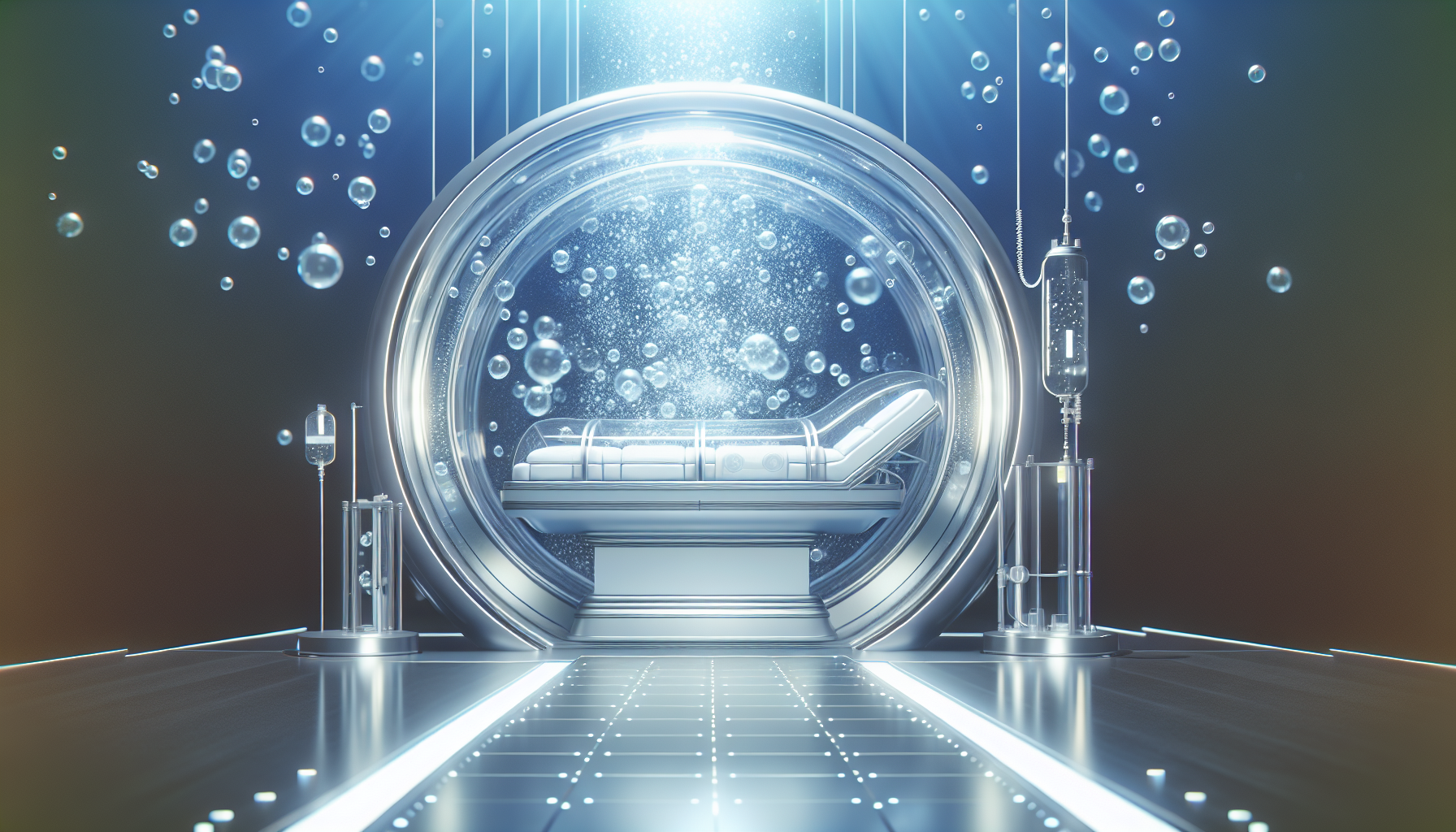
HBOT Therapy Options at Henry Chiropractic
In Pensacola, Florida, a visit to Henry Chiropractic opens the door to impactful health therapies. Operated by Dr. Craig Henry, the clinic is known for using chiropractic care to enhance overall health. Alongside him, Dr. Aaron Hixon contributes his expertise in chiropractic treatments to the community.
Meet Dr. Craig Henry
Dr. Craig Henry, a licensed chiropractor, is dedicated to improving health and wellness for those with neck or back pain, ensuring his patients feel revitalized and ready for each day. His approach encompasses a broad spectrum of treatments tailored to individual wellness goals.
Meet Dr. Aaron Hixon
Raised in Milton, FL, Dr. Aaron Hixon brings his Florida roots and a genuine passion for helping others. His qualifications are extensive, including expertise in various chiropractic techniques and community volunteering. When not practicing, Dr. Hixon enjoys staying active and spending time with family and friends.
Contact Information
To explore more about HBOT treatment in Pensacola, or schedule a consultation, you can reach Henry Chiropractic at:
- Address: 1823 N 9th Ave, Pensacola, FL 32503
- Phone: (850) 435-7777
- Website: drcraighenry.com
Frequently Asked Questions About HBOT
To wrap up our oxygen-rich journey, let’s tackle some common queries people have about HBOT:
1. How soon can I see results from HBOT?
The timeline for noticeable results varies by condition and individual health. Some may observe improvements after a few sessions, while others need a more prolonged course of treatment for significant benefits.
2. Can anyone undergo HBOT?
While many people can safely receive HBOT, it’s important to have a medical evaluation first. Certain conditions, such as untreated pneumothorax, may restrict eligibility.
3. Is HBOT covered by insurance?
Coverage for HBOT varies by insurance provider and policy. It’s advisable to discuss with both your healthcare provider and insurance company to understand your benefits.
4. What if I feel anxious about the chamber’s pressure?
It’s quite normal to feel apprehensive initially. The staff ensures your comfort throughout the process, and you can communicate any discomfort during the session.
5. How does HBOT differ from regular oxygen therapy?
The key difference lies in pressure. Unlike regular oxygen therapy, which involves breathing supplemental oxygen at standard pressure levels, HBOT uses pressurized environments to increase oxygen absorption more significantly.
Embarking on hyperbaric oxygen therapy might feel like stepping into the unknown, yet its revitalizing and healing potential is backed by both science and successful outcomes. For those considering HBOT, the journey starts with an informed decision guided by a trusted healthcare provider. Whether you are dealing with persistent wounds, seeking relief from chronic pain, or exploring ways to enhance your wellness, HBOT offers a promising avenue to explore.









